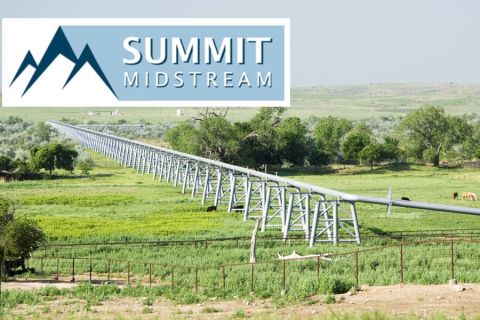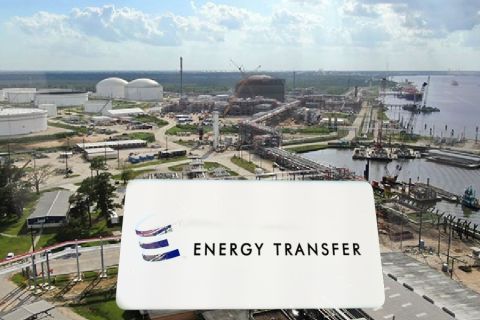The easy oil has already been found. But thankfully, rapidly evolving equipment and techniques make it possible for companies to find and produce fields in remote and challenging areas, and to bring small discoveries into the supply chain. The industry is able to feed the world's growing appetite for energy because of its steady stream of innovations. In coming years, the industry will sustain its relentless drive to improve processes and lower costs. Geophysics will integrate with other disciplines to comb the subsurface in finer detail; rigs will continue to turn to the right, but faster than in the past; and demands for completion services will skyrocket. Deepwater production systems will bring greater volumes of previously inaccessible oil and gas onstream. It is, after all, what the E&P industry does. Exciting years lie ahead for geophysics, says Dr. Tom Davis, professor of geophysics, Colorado School of Mines. "We have a wonderful opportunity going forward with fresh, new students becoming more interested in the oil industry." Growing numbers of students are taking up geoscience and petroleum engineering, and they are arming themselves with technology and integrating many disciplines. In the coming years, reservoir characterization and exploitation work will dominate geophysics, says Davis. Efforts will center on raising recovery efficiencies in existing fields, and on applying time-lapse and 4-D seismic to both onshore and offshore fields. For more on this, see the July issue of Oil and Gas Investor. For a subscription, call 713-260-6441.
Recommended Reading
Summit Midstream Launches Double E Pipeline Open Season
2024-04-02 - The Double E pipeline is set to deliver gas to the Waha Hub before the Matterhorn Express pipeline provides sorely needed takeaway capacity, an analyst said.
For Sale? Trans Mountain Pipeline Tentatively on the Market
2024-04-22 - Politics and tariffs may delay ownership transfer of the Trans Mountain Pipeline, which the Canadian government spent CA$34 billion to build.
Kinder Morgan Sees Need for Another Permian NatGas Pipeline
2024-04-18 - Negative prices, tight capacity and upcoming demand are driving natural gas leaders at Kinder Morgan to think about more takeaway capacity.
Study: Time Running Out for FID on Next Permian NatGas Pipeline
2024-06-14 - To meet natural gas takeaway demand by 2026, a final investment decision on a new Permian Basin pipeline will be needed before the end of the year, according to Enverus analysis.
Energy Transfer Remains Hungry for M&A, Sees 1Q Oil Volumes Surge
2024-05-09 - Energy Transfer reported record first-quarter crude volumes and expects demand for petrochemicals to continue rising.





